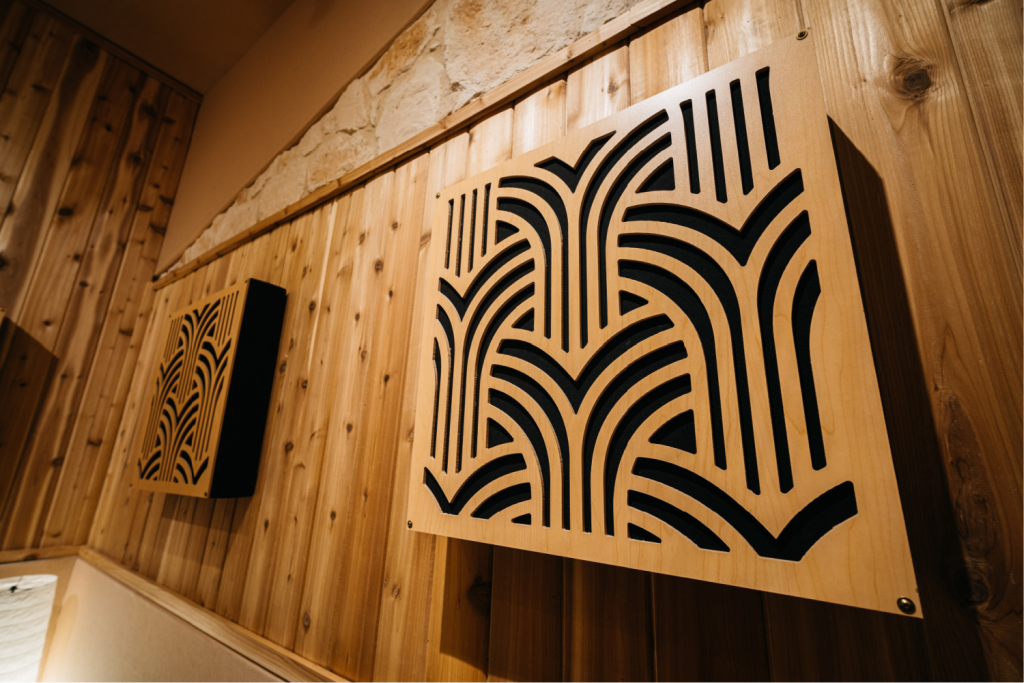Motivic Development using Pentatonic Patterns
By Ben Dubois
Pentatonic Patterns
Patterns are a great way to build tension and develop your phrases in lead playing, especially over pentatonic scales. But playing only patterns can get a little stale. One way to spice up your lead playing is to begin the pattern on various starting notes within your scale. Take the following pattern played over an A pentatonic scale:

By changing the starting note, rhythm and even direction of the pattern you end up with a variety of interesting results.
Create Tension and Release
You get even more interesting sounds by moving this pattern up a whole step to the key of B:
Sidestepping a minor pentatonic scale up a whole step is a fantastic way to create tension. Move back into the original key of A and the tension is resolved. This kind of playing is especially useful on the guitar, where a single shape moved up and down the neck yields different results.
Why it works
If you’re familiar with the concept of “Modes” then you know each scale degree in a major scale is associated with a quality (major minor or diminished). We typically identify these with roman numerals: I ii iii IV V vi vii(dim), where lower case roman numerals correspond with minor qualities. Notice that the ii and iii scale degrees are minor. Note also that ii and iii are separated by a whole step. So our example above using A and B minor pentatonic scales contain notes found entirely in the parent key of G. Confusing? You’re not alone! But the key take away is that if you’re soloing over an A minor chord progression, A minor pentatonic is going to sound great, while B minor pentatonic is going to create tension.
What’s Next
Try experimenting with your own patterns. Take fragments of the pattern and explore different rhythms, starting points etc. Try also moving melodic ideas up a whole step to create tension. We’re excited to hear what you come up with!











